Every week or two I walk down to the Goodwill Industries thrift store and search for social documents. You would call them t-shirts.
T-shirts are the wearable memes of modern civilization. Have a message, a statement, a point of view? Put it on a t-shirt and give them away or sell them; if it’s an attractive design, people will wear it for years and spread your thought to the world. Even if they don’t understand it.
I research these messages; they were perfectly clear when and where the t-shirts were printed. But years later and far from home, they are mysterious. A little digging takes you to surprising places.
So, here’s the graphic from a vintage t-shirt that I bought a couple of weeks ago. It’s sappy teen lust at its finest.
The t-shirt’s from a 2002 little-theater production of “Bye Bye Birdie,” a Broadway musical from the sixties. Community theaters put on a lot of feel-good musicals; anymore, they’re the only sure money-makers.
The shirt told me was that it was from a 2002 little-theater production of “Bye Bye Birdie,” a Broadway musical of the early sixties. The shirt also said that the play was staged in Marin County, a woodsy shire just north of San Francisco where big money, privilege and cultural patronage go way back.
But the shirt raises questions. What is “The Mountain Play?” A play on a mountain? What mountain? What is this theater company that has the cash for expensive t-shirts?
Yes, there’s a story. It goes back 102 years.
The shirt also said that the play was staged in Marin County, a woodsy shire just north of San Francisco where big money, privilege and cultural patronage go way back. And there is the name, “The Mountain Play.”
But… what is the “Mountain Play?” A play on a mountain? What mountain? What is this theater company that has the cash for expensive t-shirts? Some of them can’t even sell bottled water in the lobby.
Yes, there’s a story. It begins 103 years ago.
It’s 1912, and Mount Tamalpais in Marin County is the most popular hiking spot in the Bay Area. It’s a 4,000-foot mountain that’s only five miles by ferry and local rail from San Francisco, and the scenic vistas and natural beauty are supreme. The name, Tamalpais, is taken from an ancient Miwok Indian legend about a princess who becomes the mountain. The mountain has that kind of profile if you stare at it hard: from far away.
Victorians liked a good hike in the woods. They romanticized nature’s beauty as an antidote to industrial-age urban ugliness. And, in any era, some of them just liked going on group outings and boozing it up. Whatever the motivation, hiking Mount Tam alone or in groups was a big deal.
That year, three hikers discovered a natural amphitheater with insane views 2000 feet up Mt. Tam and declared it an idyllic place to stage edifying plays in the great outdoors. Mind you, there were no real roads: just trails, and a scenic railway. But one of the hikers was chairman of the UC Berkeley drama department, and he put together a production, and the money, the next year. It was a medieval mystery play: about what you’d expect from hiking academics in 1913, if the archive photo is any clue:
And there was another play the next year, and then yearly after that for 100 years. And they call it The Mountain Play.
nd there was another play the next year, and then yearly after that for 100 years: work by local writers, Shakespeare, whatever. And they call it The Mountain Play.
To go to the Mountain Play, you had to — well, climb the mountain. Okay, you could take the train, but a great many of those steel-calved Victorians did hike in: eight miles and two thousand feet up the mountain. They’d hike up in the morning and see the play in the afternoon. Then they’d hike eight miles back down the mountain and take the ferry back to San Francisco to make money.
It’s 100 years later, and truth and beauty are on the back burner. The area is a state park now. The annual Mountain Play is now a Broadway musical, not hokey old local plays and Shakespeare; to be very fair, the Mountain Play was on its last legs when management made the switch. Now, attendance can run to several thousand per performance.
Of course no one hikes up to the amphitheater anymore; there are shuttle buses now, and a few parking lots for the quick or the privileged. A competition has evolved amongst playgoers to see who can pack the most insanely elaborate gourmet picnic lunch for the several-hour affair. This is, after all, Marin County.
The view is still supreme, but the sets are much more elaborate. Why not, when you have all the room there is and the directors can even drive cars across the “stage” if they feel like it?
And that’s the story of this t-shirt: a long-running theatrical series halfway up Mt. Tamalpais, and a mountain named for the legend of a sleeping Indian princess.
And it’s complete nonsense. “Tamalpais” means something like “West Hill” in Miwok. The Miwok tribe never had a legend about Tamalpais. The mountain meant nothing to them.
But around 1921, several years into the Mountain Play series, the producers commissioned a local playwright to write a play about the Indians who’d lived on top of Mt. Tamalpais. In short order, the writer’s research told him that no tribe had ever lived on Mt. Tam.
“Make something up,” the producers commanded, and the playwright did.
It was a piece of Victorian noble-savage hokum called “Tamalpa,” about a Miwok princess who dies of a broken heart and becomes one with the mountain. But it was popular. The Mountain Play staged “Tamalpa” seven times, right up through 1970. Here’s a cast photo from ’23.
And somewhere along the line, Tamalpais the “sleeping princess mountain” became a “real Miwok myth.” Back in the ‘60s, every third-grader around that end of the San Francisco Bay was told about the sleeping princess of Tamalpais. Hundreds of thousands of them. And I believed it for 50 years, until I researched this t-shirt.
This sort of thing happens all the time. It’s scary easy to make fiction into fact that “everybody knows.” The other day I found out that Richard Nixon has grown four inches taller. Even though he’s dead.
In an on-line discussion about GOP presidential candidates, somebody opined Marco Rubio will never get the nomination because he’s short (5 foot 8 or thereabouts). The common wisdom is that only tall men become president.
Wait a second, I thought. Richard Nixon was 5 foot 7. What is this BS?
I went out on the Internet. It told me that Nixon was 5 foot 11 and a half, nearly everywhere including Wikipedia. Here and there, 5 foot 10.
Now, I really had a hate on for Nixon back in the day: his desperate self-importance, his slimy eagerness to claim all power for himself. For the ‘72 GOP convention he had a special adjustable podium created that would ensure that no politician appeared taller than he in front of the crowd. The podium’s “default” position was for a man five foot seven inches tall: Nixon’s height.
The story typified everything I hated about Nixon. It engraved itself on my brain stem. I could never, ever forget Nixon’s height. But it was no secret to anyone back then that Nixon wasn’t especially tall.
My wife caught me muttering to my laptop about it. “What’s bothering you?”
“The Internet thinks Richard Nixon was 5 feet 11.”
“He was 5 feet 7,” she said immediately. “I don’t know how I know that. I just do.”
I trust my wife. I trust me. But all of you younger types who trust the Internet for everything now “know” for a fact that Nixon was 5 foot 11. W, as they say, TF.
Anyway, it’s fact now for anybody who doesn’t want to crack an actual book by a reputable scholar. Which is most of us. Some partisan cared enough to add four inches to Richard Nixon, and every other reference source just went with it. The Internet is hungry for facts; doesn’t matter if they’re not true, as long as enough other people are wrong, too. Or you just don’t care.
Just for fun, let’s list other “facts” that we’re told that “everybody knows:”
- America is the land of opportunity. If you don’t succeed here, it’s your own fault.
- All Americans have a level playing field in life.
- If we have a robust social safety net, people won’t want to work.
- Too much government regulation is the cause of all our problems.
- Cutting taxes on the rich will make us all better off. (Bill Gates wouldn’t have worked nearly as hard if he’d only made ten billion instead of sixty.)
- Unlimited campaign giving by corporations and billionaires is good for democracy.
- A national health system for all is too expensive and bankrupts the countries who adopt it.
And they’re believed. Personally, I’d like to see references on all of then. I’d probably get a big laugh. Got any “facts” of your own to add?

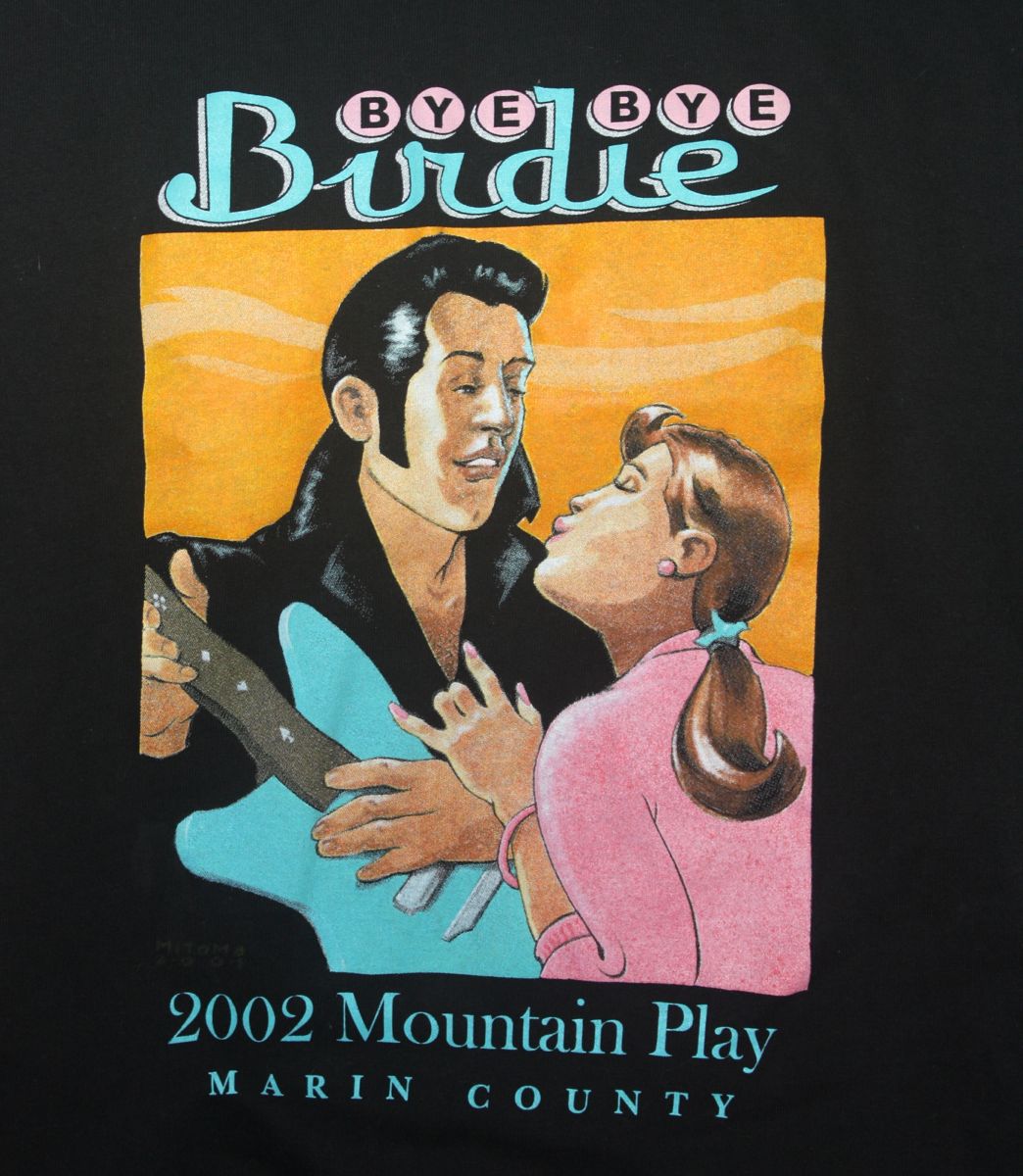
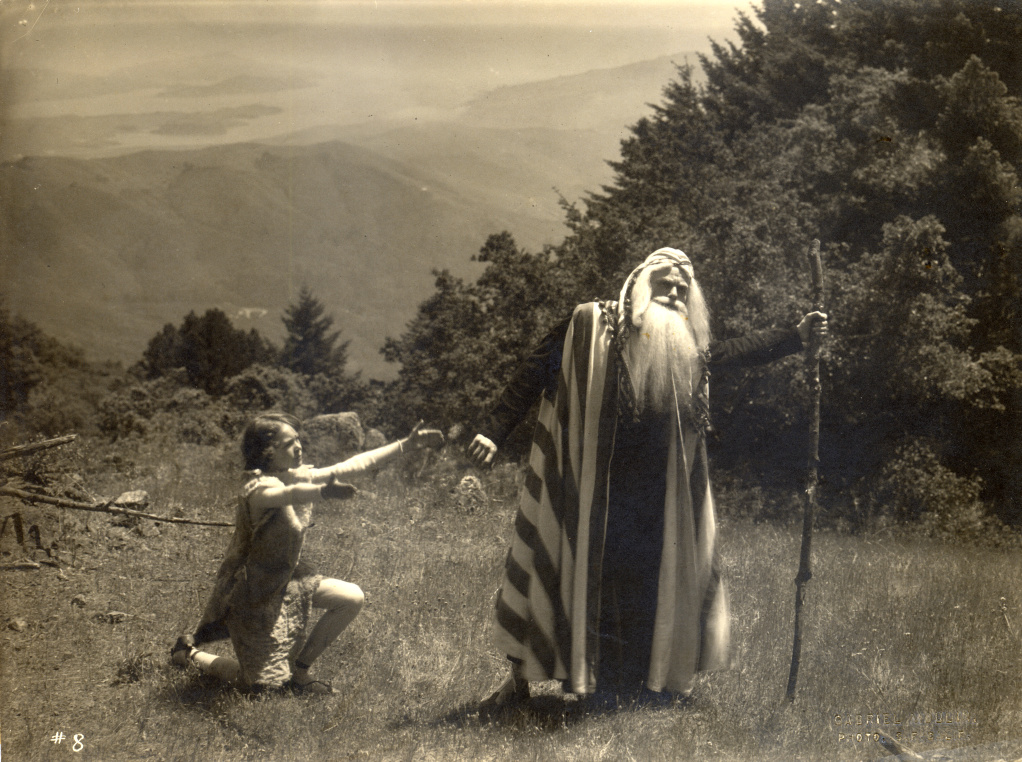
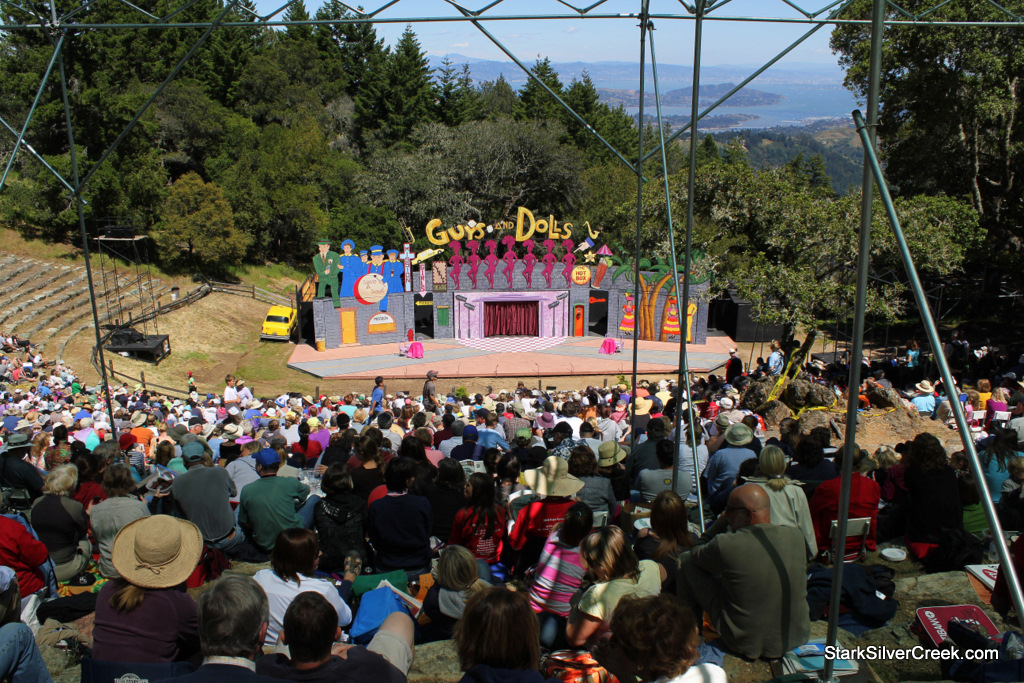
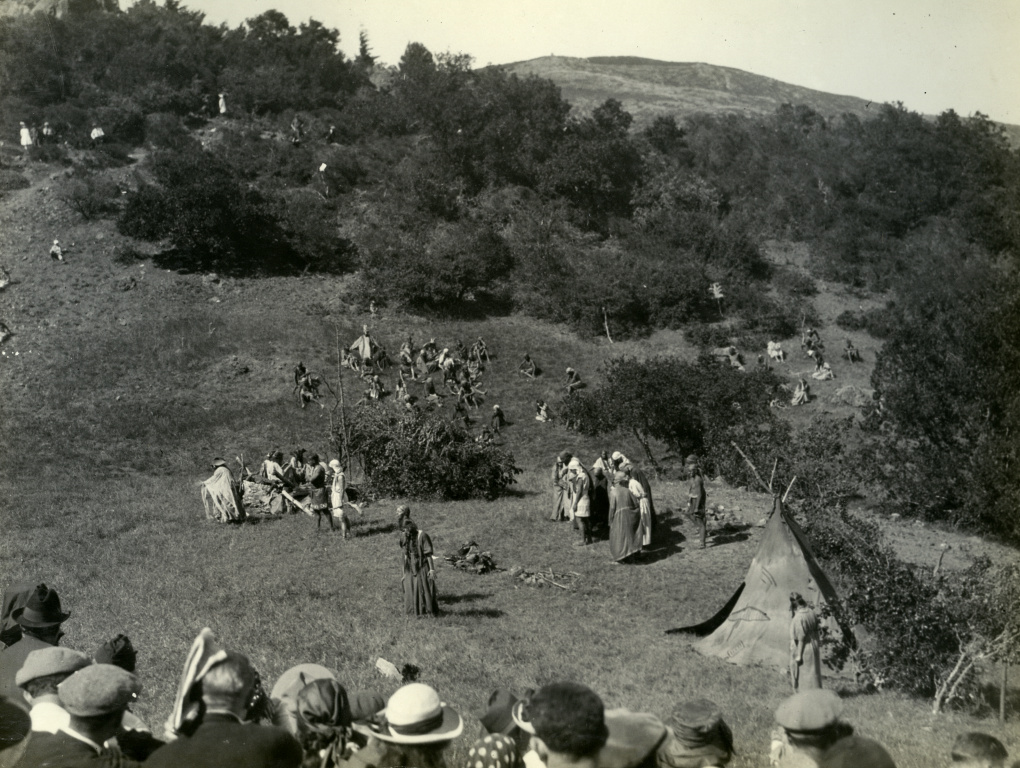
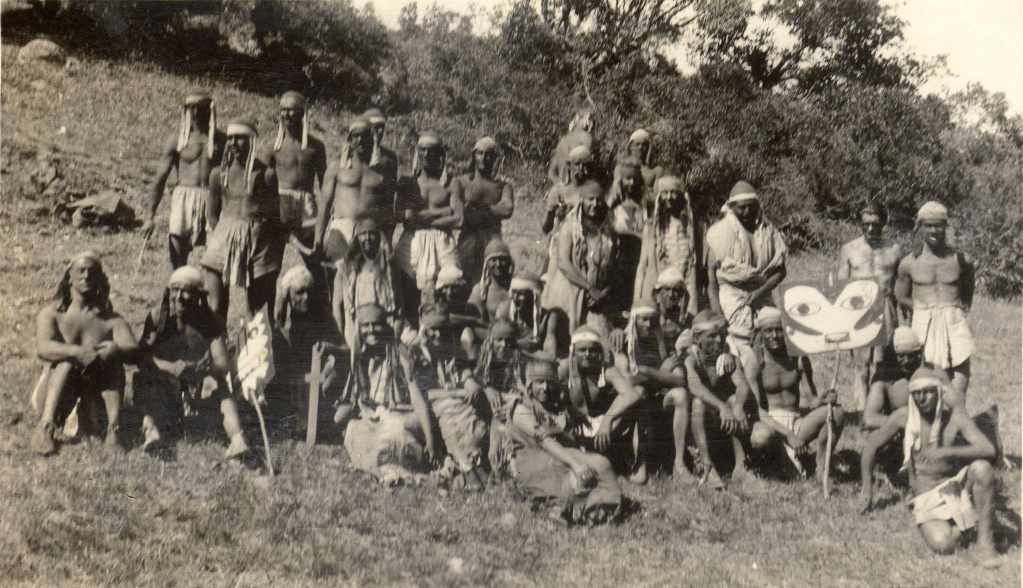
Very interesting entry.
Thanks, azure. Glad to see you.